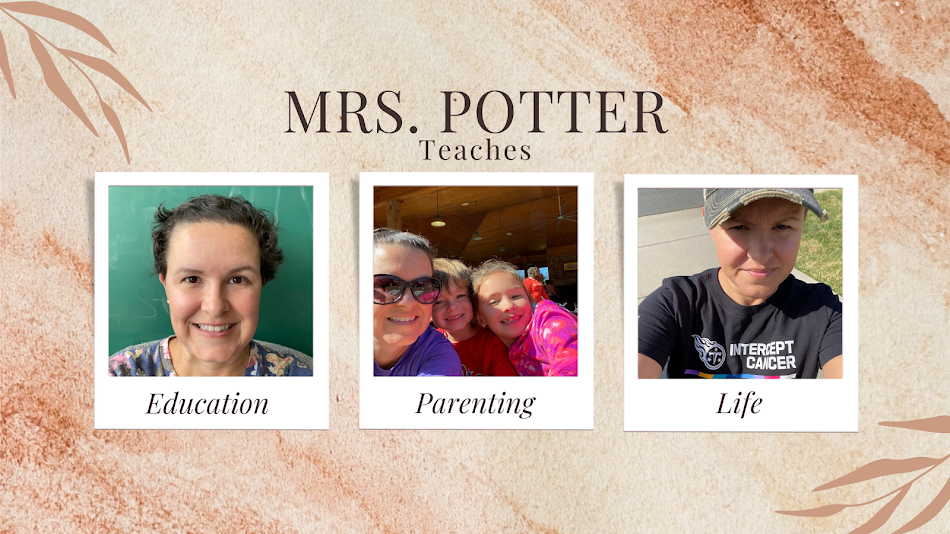This post is one of my follow-up posts from the book Culturally and Linguistically Responsive Teaching and Learning by Sharroky Hollie.
This book discusses three focuses with vocabulary instruction.
- honor the words students bring from home
- we need to expand their home vocabulary to include academic vocabulary
- equip students with skills for success
- we are not teaching memorization of words, we need to teach strategies for word acquisition
- we need to help develop usage of the words of academic vocabulary
- we need to influence word choice, especially in teaching situational appropriate
- utilize tools for success
- personal dictionary
- personal thesaurus
Here are 5 steps for teachers to use for vocabulary instruction:
- Select vocabulary or "tier" words based on frequency and relevance to the topic being taught
- Teach the Tier 2 or academic words as concepts, not as words to memorize (focus on 5-7 words during vocabulary instruction)
- Use a personal thesaurus to develop synonyms and antonyms
- Use vocabulary strategies to develop meaning and representation
- Use a personal dictionary to develop Tier 3 or content-specific words
Tiered Words:
- Tier One - common, everyday words
- Tier Two - "words that students should know as mature language users"
- Tier Three - content-specific words that students should be aware of, but will not come across on a regular basis
**remember we are teaching the Tier 2 words during vocabulary instruction
Vocabulary Acquisition Strategies:
- using context clues
- memorizing the meanings of word parts
- developing synonyms and antonyms
I love the idea of a personal dictionary and thesaurus, especially during virtual learning. It is extremely easy to have students use a dictionary and thesaurus digitally. I created two different versions of the dictionary, one for primary students and one for intermediate students.
The primary dictionary is going to be more like a visual dictionary. Remember that these should be those Tier 3, content-specific words that students should be aware of, but not necessarily use or see every day. In the kindergarten and first grade level, these digital dictionaries could be completed as a class rather than individually.
The intermediate dictionary is going to be a little more detailed. Rather than having just words and images, we are adding the definition and a personal connection to the word. This allows the students to own the word when they make that personal connection.
Just like with the dictionary, for the thesaurus there will be 2 versions, one for primary and one for intermediate. The primary thesaurus is going to focus more on using higher-levels words for basic words that students use on a daily basis. There will be one slide for each word that the teacher or student wants to add to the presentation, and then the student or teacher can add synonyms and antonyms for that word on the slide.
The intermediate thesaurus is going to be more for building academic vocabulary. The slides are set up so that students can add the word that they "own". They then will come up with their own synonyms for that word. The teacher is then going to help them come up with those Tier 2, academic vocabulary synonyms and antonyms, to help students deepen their understanding and their academic vocabulary.
If you want students to have their own copy of the digital dictionary or thesaurus, I would recommend sharing the presentations with students through Google Classroom and choosing the option to make a copy for each student. When you do this, all students will get their own personal copy, but it also puts a copy of their dictionary/thesaurus in your Google Drive. This is helpful if you want to add anything to a specific child's dictionary.







No comments:
Post a Comment